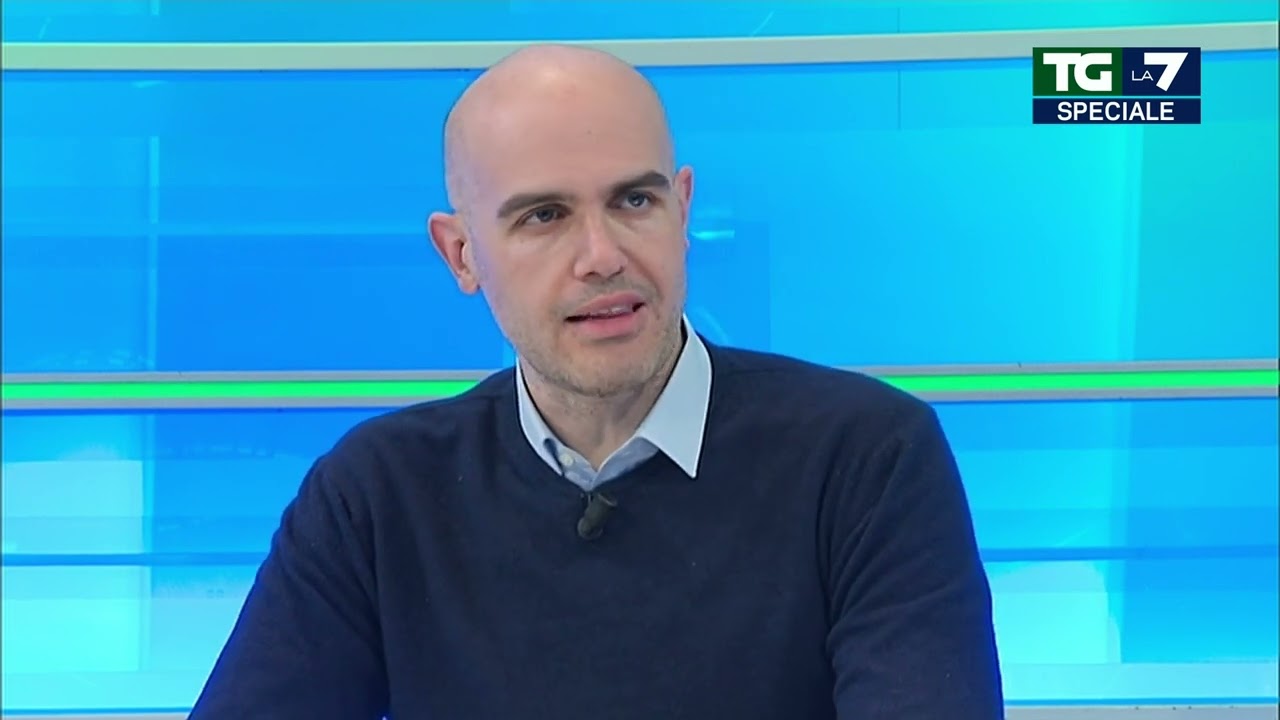These are the aims and risks of the US project in the Russia-Ukraine war. Fabbri’s analysis (Scenarios)

According to the American project, Russia should get bogged down in Ukraine, sinking into the economic crisis and cultural claustrophobia. Yet the US strategy carries numerous risks. Here are which ones. The analysis by Dario Fabbri, editor of the monthly Scenari of the daily Domani directed by Stefano Feltri
“For Washington, war is the elixir for planetary supremacy”, is the title of the analysis by Dario Fabbri, editor of the geopolitical monthly Scenari of the daily Domani, taken from the latest issue .
After the initial despondency, the Biden administration began massively supporting the Ukrainian resistance. Having grasped the unjustifiable nature of the Russian action, lacking even a false casus belli that at least the Americans endowed with in the Iraq campaign, he placed his peerless media machine at the disposal of the Kiev government, transforming Zelensky into an undisputed international icon overnight. , capable of addressing with considerable effectiveness above all Western public opinion, that is, the one that should bear the economic costs of the indirect sanctions applied to the Kremlin.
Washington has significantly increased the support provided to the Ukrainian Armed Forces. Biden announced transfers of arms and ammunition to Kiev for approximately one billion and 200 million dollars, while NATO trainers and intelligence officials remained on the territory to refine the guerrilla tactics adopted by the natives and guarantee valuable information.
Instead of abandoning the dispute, the United States multiplied the commitment, aware of inflicting considerable losses on the Russian military, even with the presence on site of about 4 thousand overseas volunteers, many of these veterans of other wars. Meanwhile, former Secretary of State Hillary Clinton, intrinsic to the current administration even as an external one, stated the crudeness of the proposal, that "Ukraine should transform itself into a new Afghanistan", in memory of the first bogged-down of the Soviets in the 1980s. for decisive collaboration between the CIA and the local mujahideen. To which was added the spectacular intervention by Biden, able during his last visit to Poland to evoke the change of regime in the Kremlin, before describing such a sortie as a gaffe substantiated by moral aversion towards the Russian leader. While it was an attempt to instill the germ of vulnerability in the enemy and to prevent the Ukrainian government from overly welcoming Russian requests for a ceasefire, given the encouraging results achieved by the resistance.
The American design is certainly showing the first fruits. Due to the failures recorded, the Kremlin has decisively changed its plans, giving up on overthrowing the government in Kiev, focusing on the shoring of the Donbass and the control of the Azov Sea, while describing such stunts as congruent with the timetable.
The main chancelleries of Western Europe have confirmed their willingness to rearm themselves massively or at least to center that 2 percent of GDP to be donated to the defense budget, historically required by NATO, while they have accepted the isolation of the Bear, even imagining of accelerate an energy diversification that is now described as undelayable.
Not to mention the more predictable belligerent tone adopted by the countries of Eastern Europe, even willing to welcome millions of refugees in the name of a drastic weakening of the Russian hegemon atavistic.
According to the American project, Moscow should sink into the economic crisis and cultural claustrophobia, unable to fully act in the European peninsula, to support the Chinese cause, with Beijing suddenly orphan of a partner thought to be very powerful.
Yet this maneuver carries numerous risks. Beyond the West, Russia does not seem isolated, on the contrary it has received above all the support of India, in addition to that of China itself, which is currently engaged in supplying ammunition to the armed forces of Moscow without unleashing the plant on itself. Washington sanctioning.
Thus in the medium term the People's Republic could still make use of Russia's strategic assets simply by absorbing its energy and military resources at low cost, transforming itself into an even more dangerous subject because it largely dominates Moscow – what Japan wanted to achieve at the beginning. from the twentieth century.
In the medium term, European countries, especially at the end of the war, could take sides against the closure imposed on the Kremlin . Above all, as happened in other passages of history, if overly crushed, Moscow could increase its aggressiveness, perhaps resorting to the tactical use of the nuclear weapon.
A frightening eventuality, capable of turning the cards again, upsetting the international structure dreamed of by the United States, then called to fight the Russian Bear directly, after imagining to inhibit it by ousting it from the competition with Beijing for planetary supremacy.
(Extract from a long analysis by Dario Fabbri on Scenari; here the full version )
This is a machine translation from Italian language of a post published on Start Magazine at the URL https://www.startmag.it/mondo/ecco-fini-e-rischi-del-progetto-usa-nella-guerra-russia-ucraina-lanalisi-di-fabbri-scenari/ on Sat, 02 Apr 2022 13:19:07 +0000.
